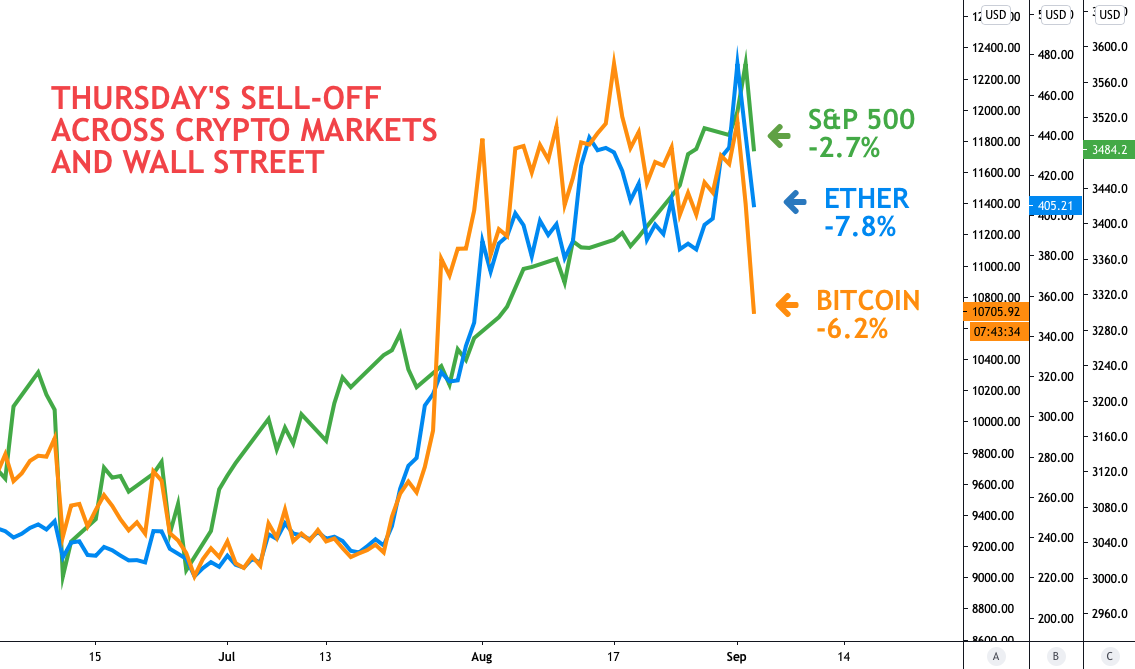New Stablecoin Issuer Raft Is Eschewing Fiat for Its Financial Backing
Raft debuted its new U.S. dollar stablecoin called R that’s backed by a single crypto asset: liquid staking leader Lido’s staked ether (stETH).
The stablecoin, which began trading Monday, uses both hard- and soft-peg mechanisms to keep its price around $1, according to the protocol’s documents. The hard peg depends on arbitrage to maintain a stable price, while the soft peg relies on incentivizing users to act based on “the expectation that the peg will be kept in the future.”
Raft’s stablecoin is “the first stablecoin collateralized by Lido Staked Ether (stETH),” according to a statement.
While the biggest stablecoins, Tether’s USDT and Circle Internet Financial’s USDC, are backed by conventional assets like U.S. Treasurys, those backed instead by crypto assets have had mixed success. MakerDAO’s DAI, which is collateralized by a combination of Ethereum-based tokens, stablecoins and real-world assets such as U.S. government bonds, has accumulated about $4.6 billion of market capitalization. Meanwhile, Do Kwon’s UST – which was backed by his LUNA token – collapsed spectacularly a year ago.
Both DAI and this new R product differ from Kwon’s costly experiment because, while they don’t hold old-school bonds, their assets are issued by unrelated entities, whereas Kwon’s was his own token.
Following the U.S. banking crisis in March that depegged multiple stablecoins including Circle’s USDC, the second-largest stablecoin by market capitalization, a slew of crypto protocols have been focused on avoiding fiat assets as collateral to shield from ongoing regulatory pressures and exposure to banks.
Raft’s deployment of its lending protocol allows users to deposit stETH and borrow a minimum amount of $3,000. “This strategic design choice is not only about attracting larger players in the liquid staking ecosystem, but it also ensures a healthy balance in the protocol, providing adequate incentives for coverages in the rare event of a position requiring liquidation.” said Raft’s Head of Marketing Tony T., in an exclusive interview with CoinDesk. He declined to give his last name.
Edited by Nick Baker.









